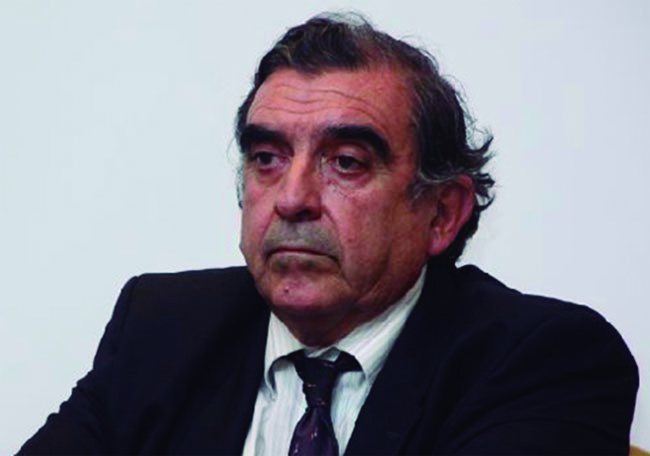As the main producer of the country´s lime rock, granite and basalt, the province rides out the storm: in spite of the lower demand it kept the production levels and personnel.
The fall which affected the building industry countrywide as a direct consequence of the real state stoppage has not yet influenced the mining industry from Córdoba, which provides a 40% of the building raw material that is used in Argentina. Such were the words of Argentino Recalde, Córdoba´s Mining Industry Chief of Staff.
“Taking into account that we are the main producer of rocks of the third category (lime, granite, basalt, arid and crushed stone in general) it can definitely be said that we have just went through a good year, because although there were certain restrictions in demand, our companies kept the production and the personnel,” the state official pointed out in a dialogue with El Inversor Energético & Minero.
With regard to the first and second category rocks, he considers especially satisfying the extraction of quartz, feldspar, salts, clay and fluorspar. “The expectations for 2013 are very good as there are various expansion projects and new undertakings are soon to be presented in those areas,” he added.
The intention of his department is to continue with implementation programmes and actions, focusing on the promotion of non-metalliferous minerals such as quartz and feldspar, together with some metal inputs with underground strip mining. “However, our mining potential will be strongly related to application rocks and some industrial minerals. We estimate to reach an approximate annual production of 45 million tonnes this year,” he said.
Plans underway
During 2012, the Mining Secretariat from Córdoba implemented a series of programmes such as the ‘Damaging mineral Plan’ (oriented to the study of minerals which contain asbestos with the aim of preventing its strip mining due to the risk that this element provides for human health), the ‘Training and Coaching in the Use of Stone for Townships and Districts Plan’ (delivering courses over this topic through a framework) and the ‘Road Use Rocks Plan’ (with the inventory of the appropriate querries and the promotion of its usage), among other initiatives.
“We have also prioritized the development of the agro-usable minerals. The cultivable lands are gradually broken down given that the plants consume mining inputs which must necessarily be restored. Accordingly, we have more than enough raw material to provide calcium and magnesium both to the province and the country,” Recalde outlined.
